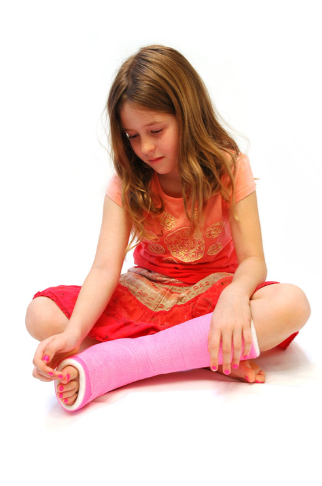With the pre-season nearing, overuse injuries in young athletes are about to increase. Heel pain is one of the most common overuse complaints for young athletes.
The majority of heel pain in children and teenagers is due to Severs Disease – More technically called traction apophysitis of the achilles tendon.
What is traction Apophysitis and what causes it?
The Apophysis is where the muscle attaches to the growth plate. Pain and inflammation starts to develop around the apophysis when there is increased pressure from the tendon on the apophysis. This can happen due to a number of factors including:
- An Increase in load, such as pre-season training or taking up new sports. Sports that involve running and jumping involve higher loads.
- Growth Spurt – During a growth spurt the bones grow first, and the muscles and tendons typically adapt by gradually lengthening to match the bone. During this stage there is increased pressure on the attachment of those muscles and tendons as they are lengthening.
- Biomechanical factors that lead to poor shock absorption through the lower limb can play a role in developing Sever’s disease. These include:
- Limited ankle joint dorsiflexion
- Poor control of the foot
- Poor Strength of the ankle dorsiflexors
- Poor strength of muscle higher up the chain including; core, glutes, quads and hamstrings.
- Poor control of hip, knee and foot during running and jumping.
How is Sever’s Disease managed?
Sever’s disease can be a very painful condition for a child, however, the research has shown that playing on with pain associated with Sever’s does not cause long term injury.
Treatment is focused on pain reduction in the early stages to get the athlete more comfortable. This can include:
- A heel raise – to reduce load on the apophysis.
- Ice after activity
- Massage and foam rolling of the calf.
- Anti-inflammatory medication such as nurofen if required.
Long term management of the injury should include an assessment from a physiotherapist to determine if any of the biomechanical factors listed above are present and a neuromuscular control program developed to address these issues.
Our physio Pat loves working with junior athletes, so if you have any questions, or your child is complaining of heel or ankle pain, come and see Pat today!



